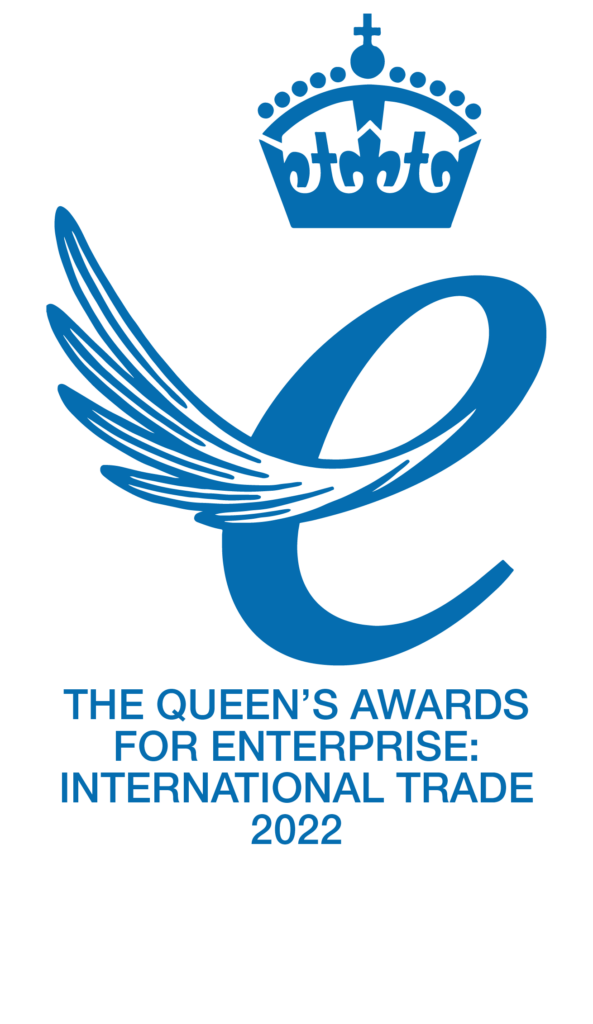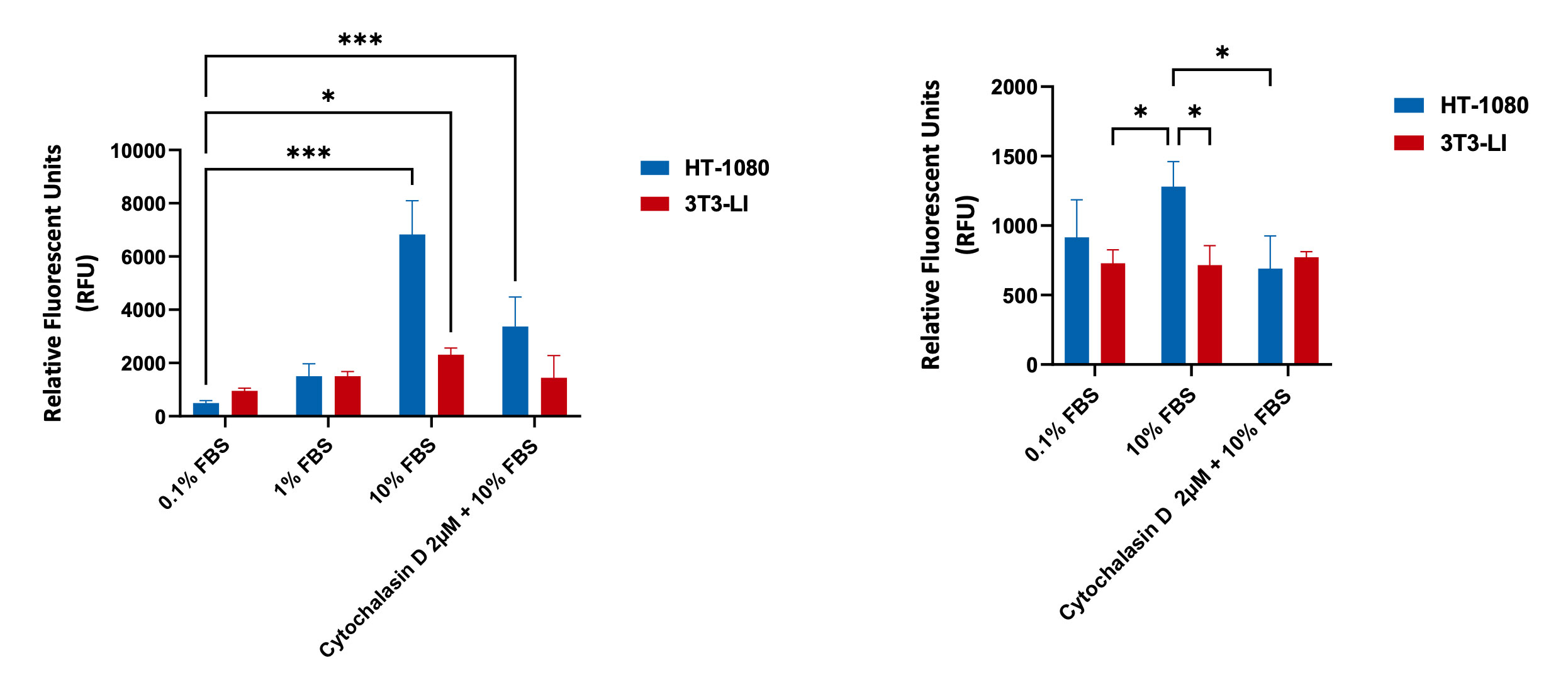Invasion Assays
Cell invasion is a finely regulated processes that is critical in many normal physiological processes including during embryonic development, wound repair and immune surveillance (Lauffenburger and Horwitz, 1996; Pollard and Borisy, 2003; Ridley et al., 2003). However, these dynamic cell movements are also crucial in cancer progression and metastasis (Hamidi and Ivaska, 2018).
Here at Cellomatics, we support a wide range of projects with a focus on cell invasion (and migration) utilising well established invasion assays.
Migration Invasion
Migration: Human Fibrosarcoma HT-1080 and mouse fibroblast 3T3-LI cells (negative control) were seeded into Corning Transwell™ inserts in serum-free media and allowed to migrate towards FBS for 48hrs in the presence or absence of Cytochalasin D. Treatment with Cytochalasin D (inhibits actin polymerization) resulted in a significant decrease in migration with highly invasive HT-1080 cells, as indicated in the relative fluorescent values (fluorescence enhancement when bound to cellular nucleic acids; more cells more fluoresence).
Invasion: Human Fibrosarcoma HT-1080 and mouse fibroblast 3T3-LI cells (negative control) were seeded into Corning Transwell™ inserts and were coated with Cultrex® Basement Membrane Extract. Cells seeded in serum-free media invaded towards FBS for 48hrs in the presence or absence of Cytochalsain D. Invasion assay showed that treatment with 2µM Cytochalsain D resulted in a significant decrease in invasion with highly invasive HT-1080 cells, as indicated in the relative fluorescent values (fluorescence enhancement when bound to cellular nucleic acids; more cells more fluoresence).
Request a consultation with Cellomatics Biosciences today
Our experienced team of in vitro laboratory scientists will work with you to understand your project and provide a bespoke project plan with a professional, flexible service and a fast turnaround time.
To request a consultation where we can discuss your exact requirements, please contact Cellomatics Biosciences.








